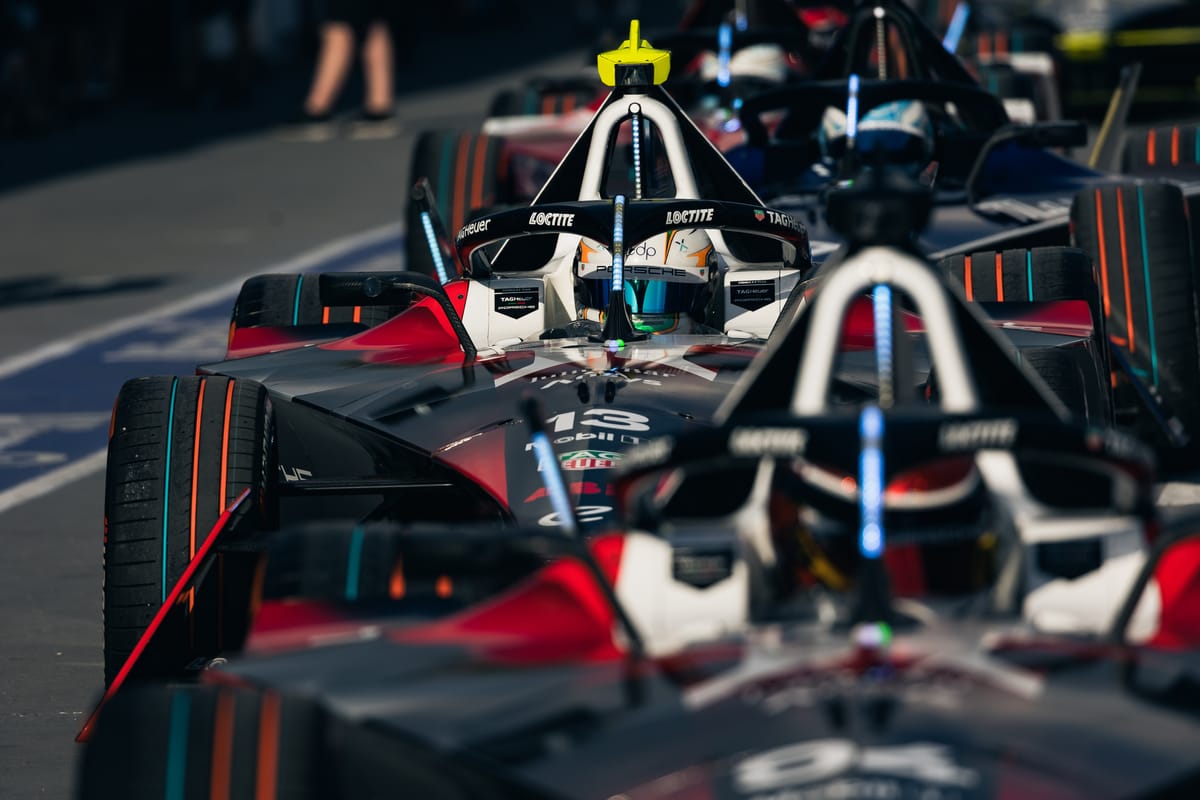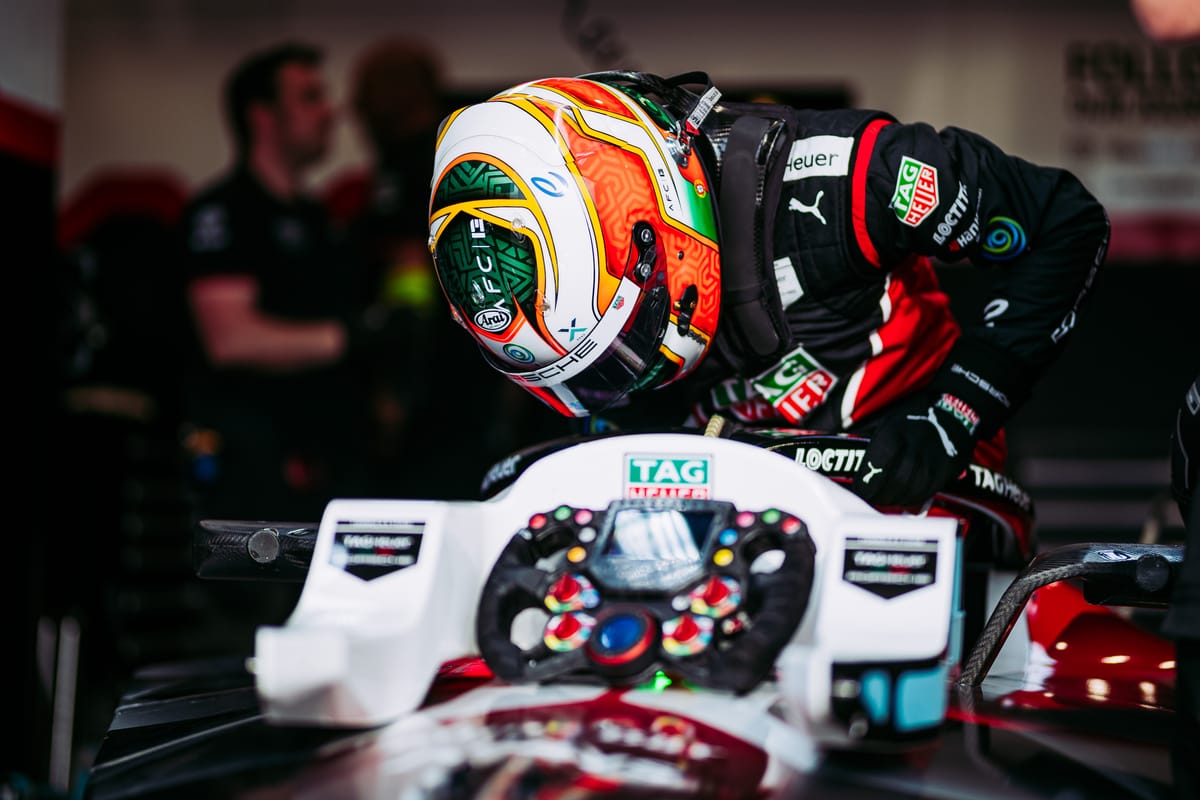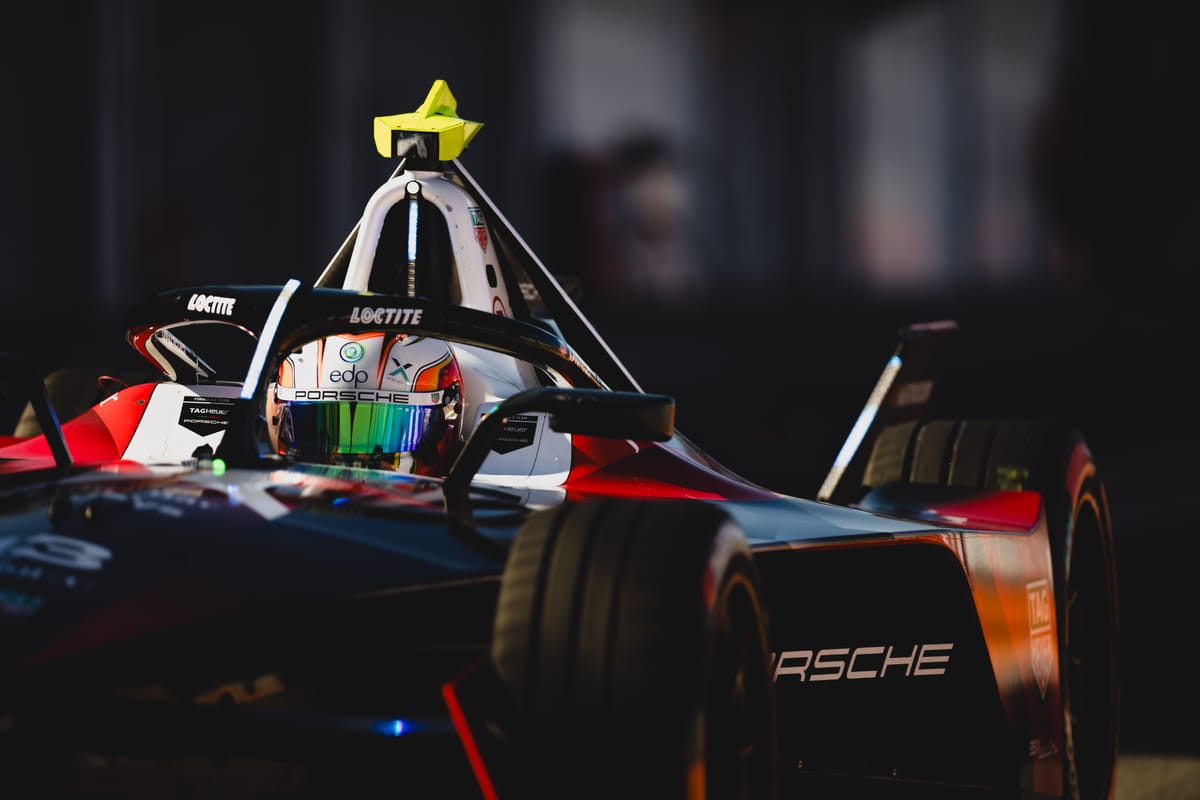The idyllic matrimony of Porsche and Antonio Felix da Costa wasn’t supposed to look like this.
Back in August 2022 it felt like it would be a marriage made in heaven and the good times would roll for both.
Yet just 18 months down the line there are now fissures in that relationship that, from the outside, feel terminal.
It’s no secret da Costa had a poor start to the present season. He admitted to The Race at Riyadh in January, after a wretched weekend, that it was “a new low for me".
"It’s a difficult moment and I cannot really explain it all," he said.
Pascal Wehrlein, da Costa's team-mate, won the opening race of the year and leads the championship after five races, while da Costa trails by 43 points in 11th in the standings.
Da Costa is in some ways the Jean Alesi of Formula E. A driver who has a natural aptitude for driving very fast but who also wears his heart on his sleeve. It’s one of his most loveable traits. But it’s not all of him, it doesn’t define him.
He’s a champion, the fifth-most experienced driver and has eight E-Prix wins to his name. But right now, it’s tough for da Costa.
What we know is that he held his hands up at Diriyah and endeavoured to use the seven-week gap to re-calibrate and come back stronger.
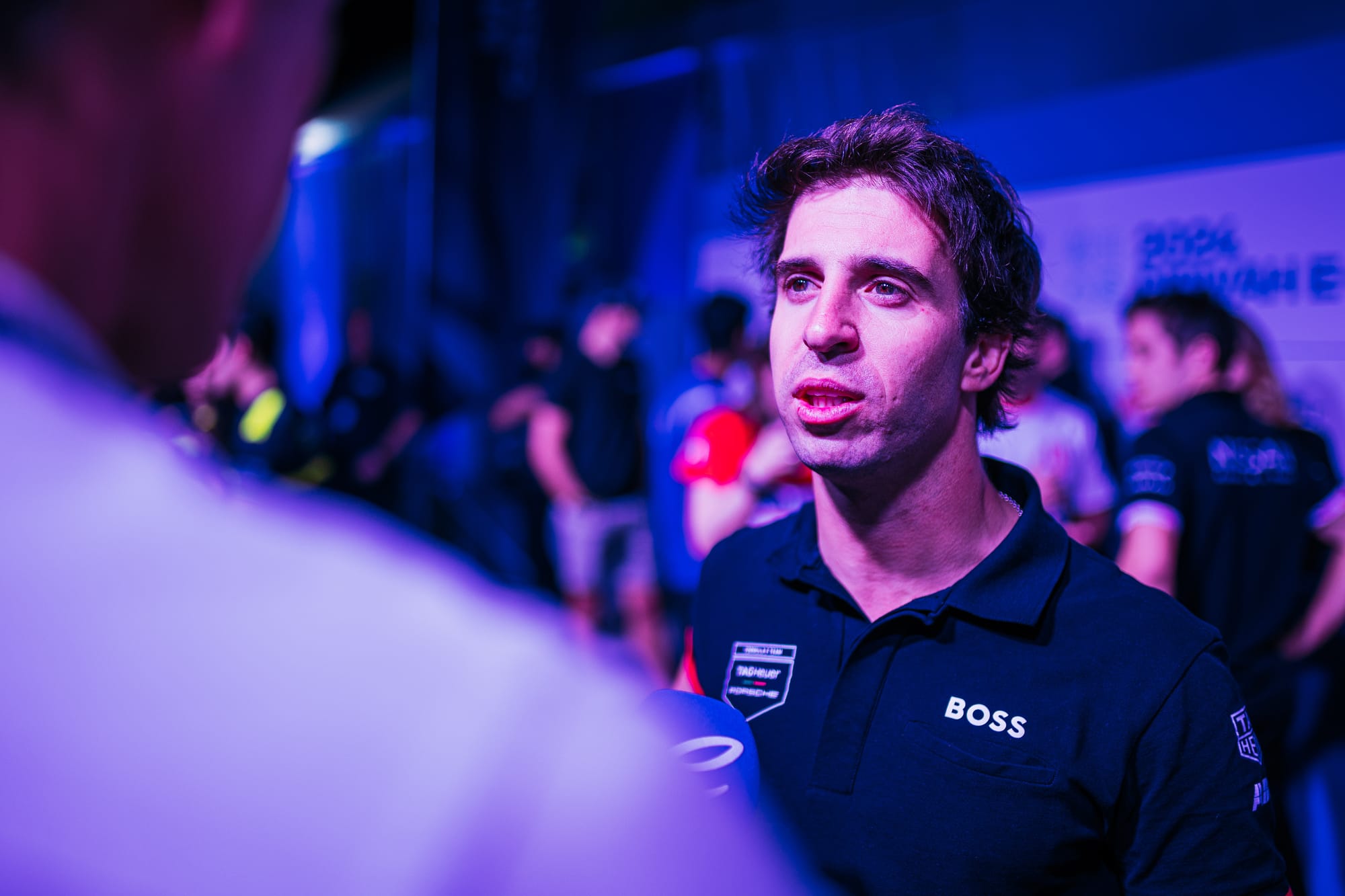
He did just that, scoring a sixth and a fourth place in Sao Paulo and Tokyo respectively. The latter outing really should have netted a podium but he got shuffled back via a hard-but-fair (just about) defensive move by one of Formula E’s fiercest streetfighters, Oliver Rowland.
You know da Costa can deal with tough times. You also presume Porsche knows how to deal with drivers, especially those that have achieved a great deal in Formula E.
But did Porsche really back him wholeheartedly after Diriyah? On the face of it, and publicly, it kind of did. But who knows what really went on behind the scenes at Weissach and Stuttgart?
“We’re working intensively with Antonio,” said Formula E programme director Florian Modlinger after Diriyah.
“To be without points after three races is a disappointment for him and us, as well. We have a competitive car and Antonio has proven in the past that he can win races with different cars in all kinds of championships.
“We’re focussing on working with him specifically on his single-lap pace, which means that we have to get him qualifying further up the grid."
But here comes the slightly passive-aggressive bit. A warning of sorts?
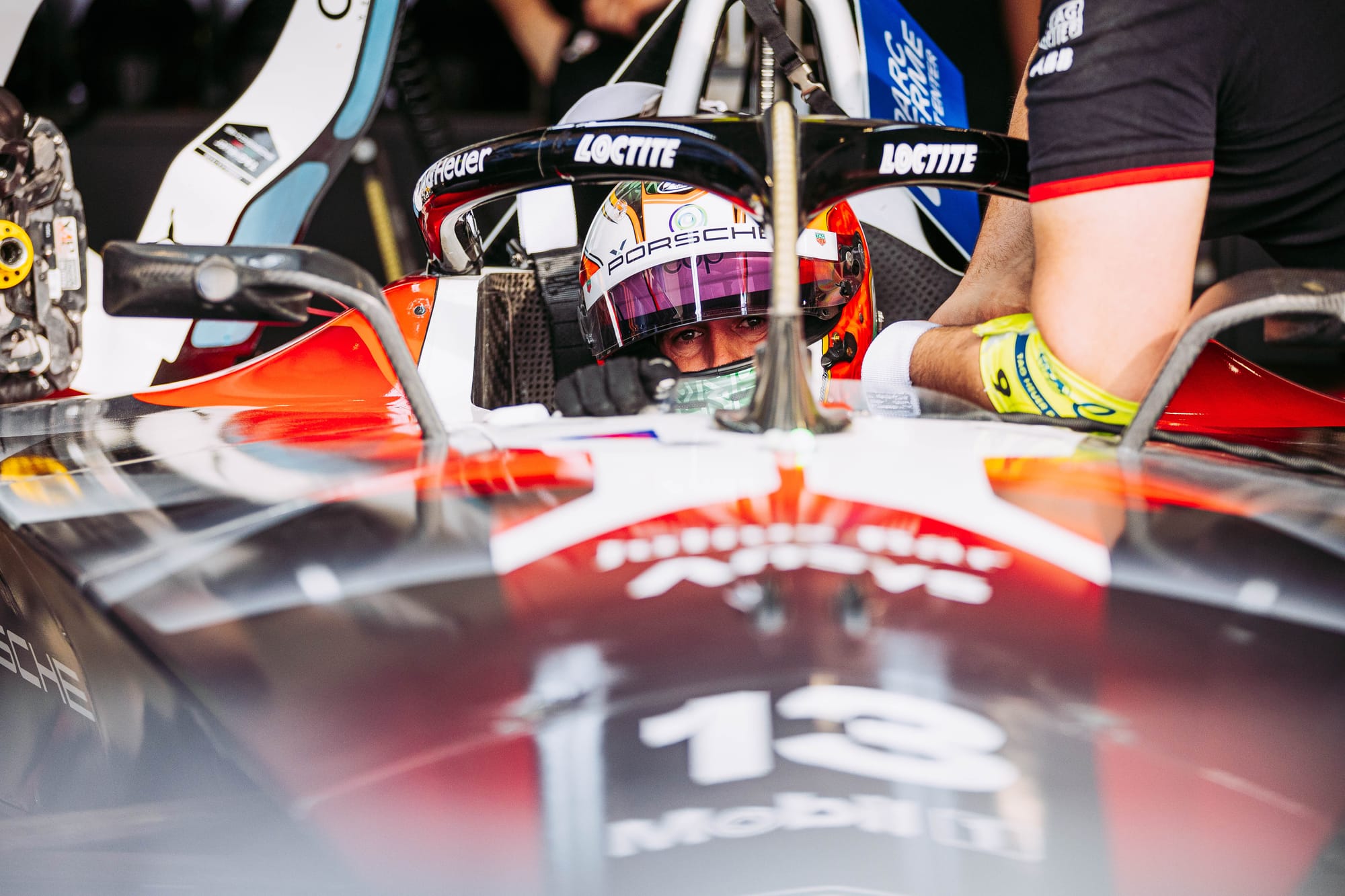
“It’s also hugely important for the team because one thing is clear: we need to find those last two/three tenths of a second on a qualifying lap,” added Modlinger.
“After all, as a team we need two cars to finish consistently in the points to be able to compete for all the titles in this highly competitive world championship.”
Prior to Tokyo there was clearly something going on with da Costa and Porsche.
The body language was all wrong. When he was with some members of the team it was clear there was something bubbling underneath the surface.
When a well-placed paddock source told The Race in Tokyo on the Thursday morning before the race that Nico Mueller had tested for Porsche, there was an instant double, even triple take.
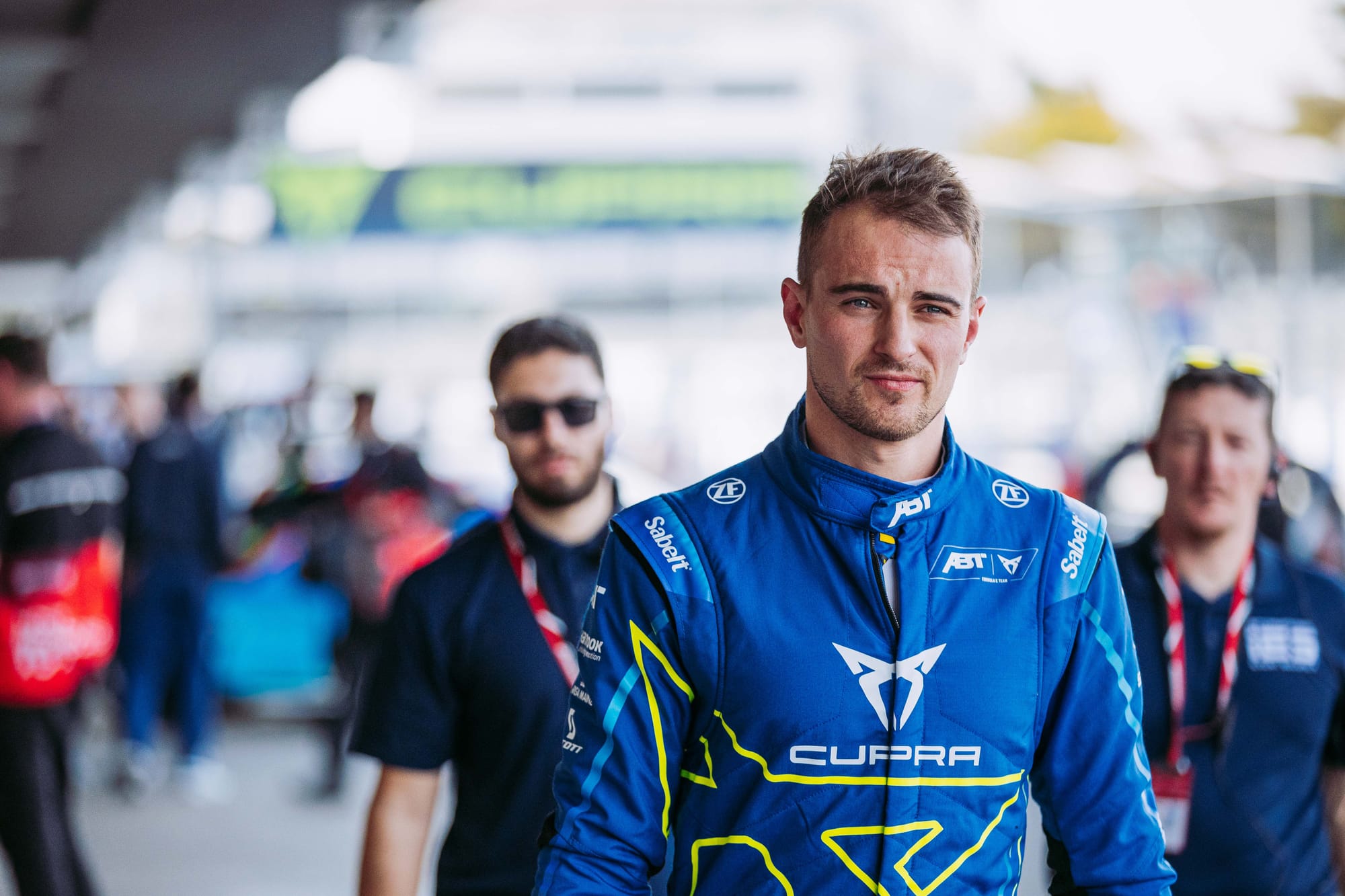
A rival driver from another team - Abt Cupra - not directly associated via a customer/manufacturer deal had tested for Porsche? In-season? Pardon?
When it proved to be bang on, the test having occurred at the Almeria track in Spain between Diriyah and Sao Paulo, Porsche had to be asked outright.
While Modlinger confirmed another driver had been at the test but refused to name who it was, the secret was all but out. The Race revealed the story last Wednesday.
That this occurred at all is unprecedented in Formula E, in-season.
That anyone could find out about it, outside the team, is also remarkable. What must da Costa have thought? Presuming he was told in the first place - which you hope he was.
How has da Costa actually performed?
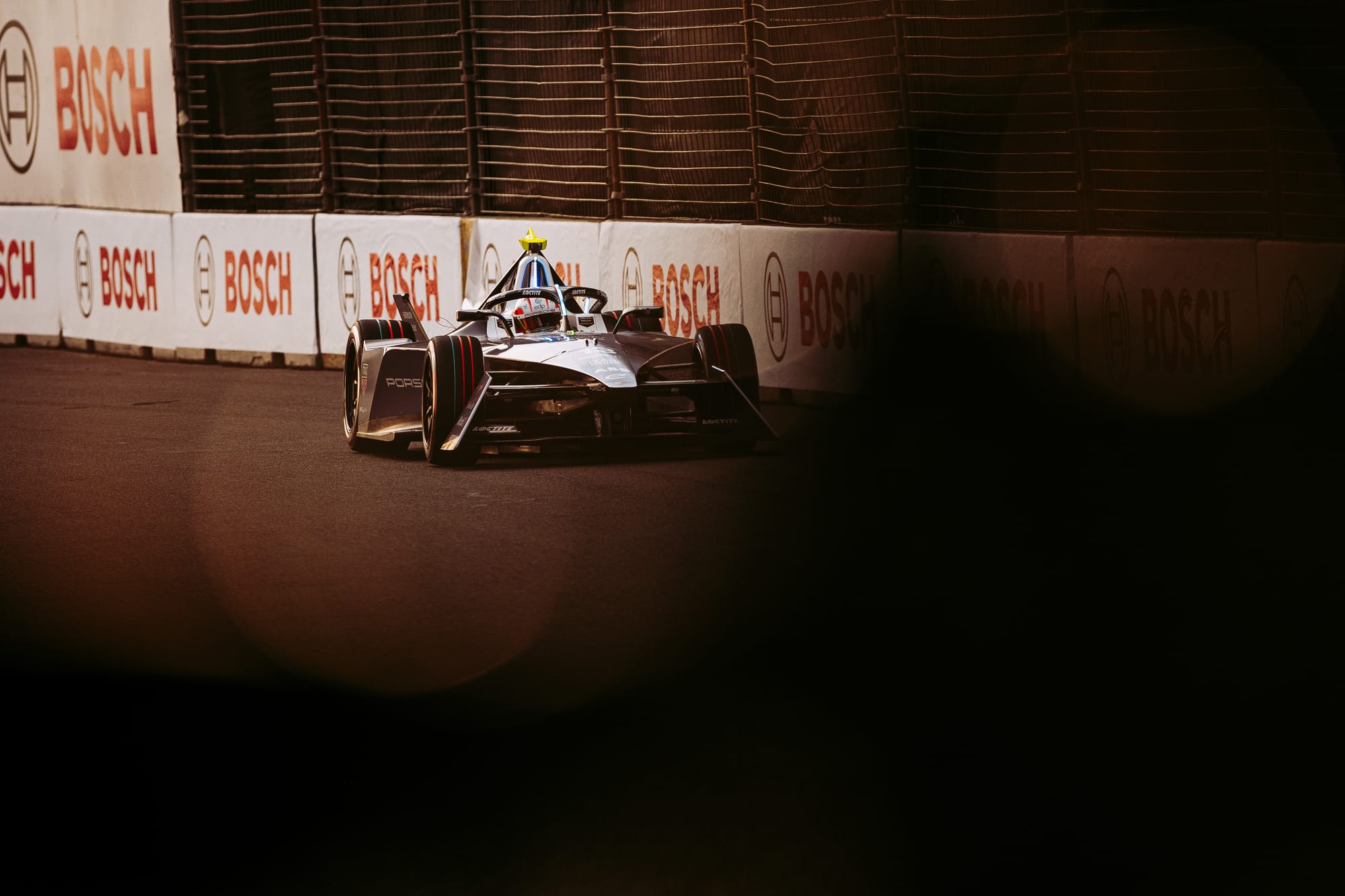
There is no hiding from the fact that da Costa was not at his best in qualifying last season.
He averaged a 13th-place grid start as opposed to Wehrlein’s 10th. But that’s hardly a chasm. Then, points-wise it was 149 to 93 in Wehrlein’s favour, although da Costa had 18 points snatched away in London for a contentious penalty for a cut tyre and loss of pressure that Porsche (unsuccessfully) took all the way to the International Court of Appeal.
Da Costa’s standout moment was his mesmerising performance in Cape Town but after that there were only flashes of form - a fourth in Sao Paulo and a third in Portland. His qualifying peak came at Sao Paulo last year.
More noticeably though was Wehrlein having much better results, although he too struggled to get one-lap pace from the Porsche 99X Electric.
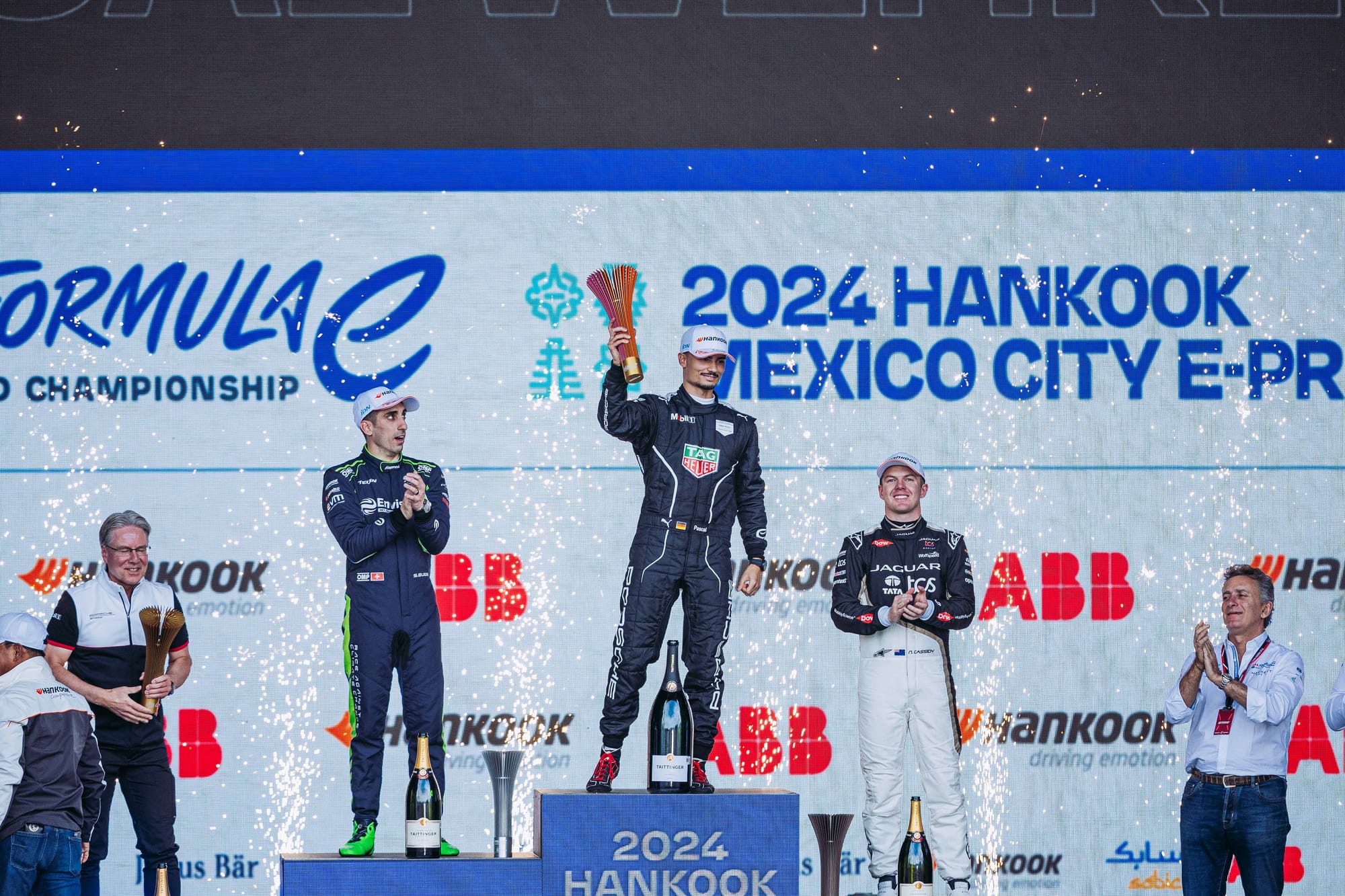
More pertinently, there came a decision from Porsche in around September time to bench da Costa from any WEC programme. This one hurt.
Da Costa had been a mainstay in WEC since 2018, having raced with BMW and then Jota, taking a WEC title and Le Mans LMP2 win for the latter. It appeared that he and Hypercars were made for each other - before the rug was pulled from under him.
You could see Porsche’s logic though. The four predominant drivers in the 2023 title hunt were Jake Dennis, Nick Cassidy, Mitch Evans and Wehrlein, all of the one-programme disposition.
Yet you always felt that if there was one driver who truly benefited from as much racing as possible, it was da Costa.
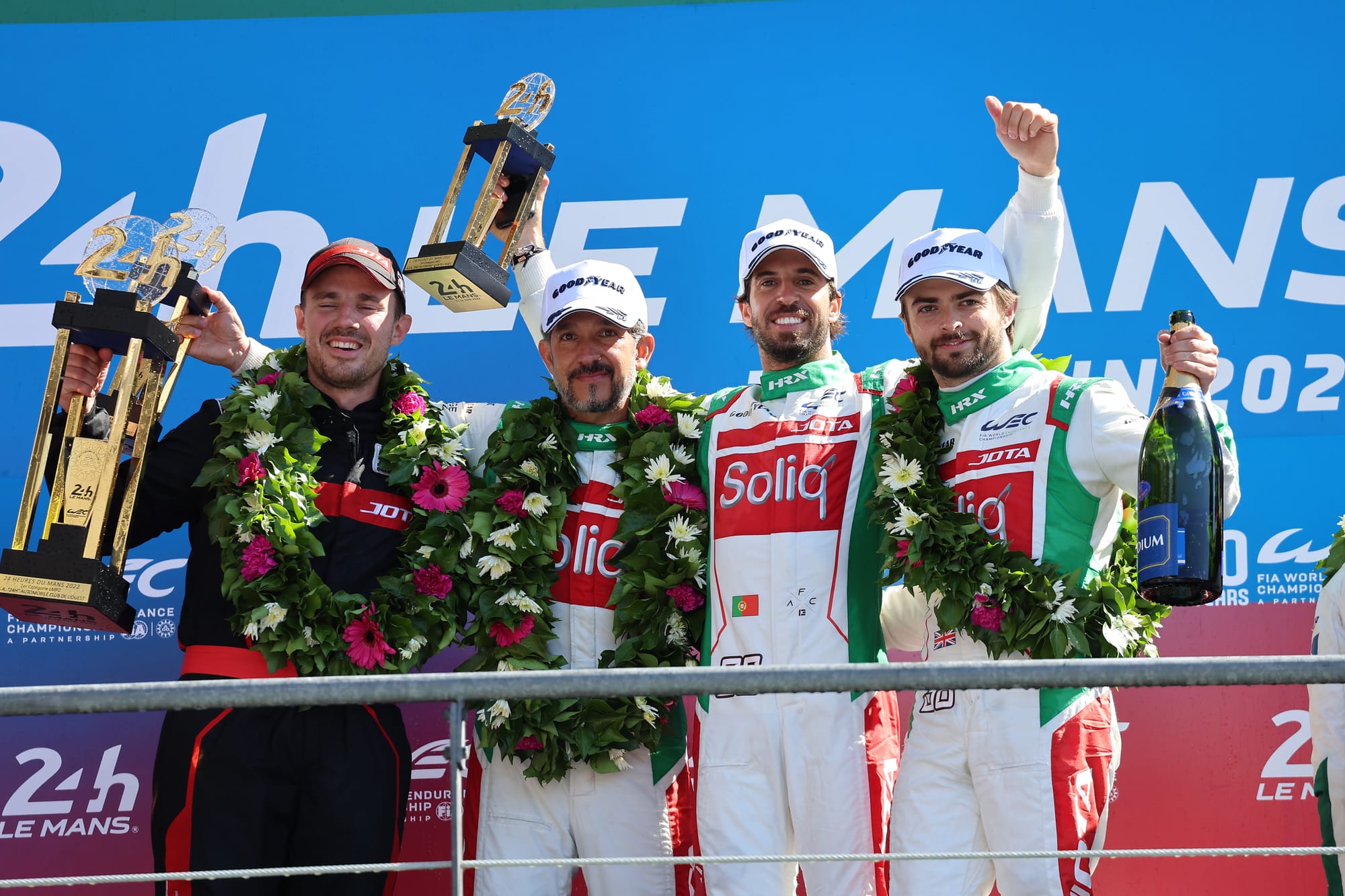
Maybe Andre Lotterer’s disastrous 2023 FE campaign with Andretti - tacked on as a companion to his WEC schedule with Porsche - didn’t actually do da Costa any favours in terms of pushing for a continued dual-programme, throwing up a giant red flag as 2024 approached.
While da Costa eventually accepted the decision, although he was clearly frustrated for a while, there were other murmurings from within the Porsche camp.
These centered around something of an urban legend developing that da Costa cannot get a handle on the Hankook rubber and exploit it like his team-mate Wehrlein can.
After all, the last time he had struggled with being bang on the pace in anything consistently was in DTM, where the tyre supplier at that time had been… Hankook.
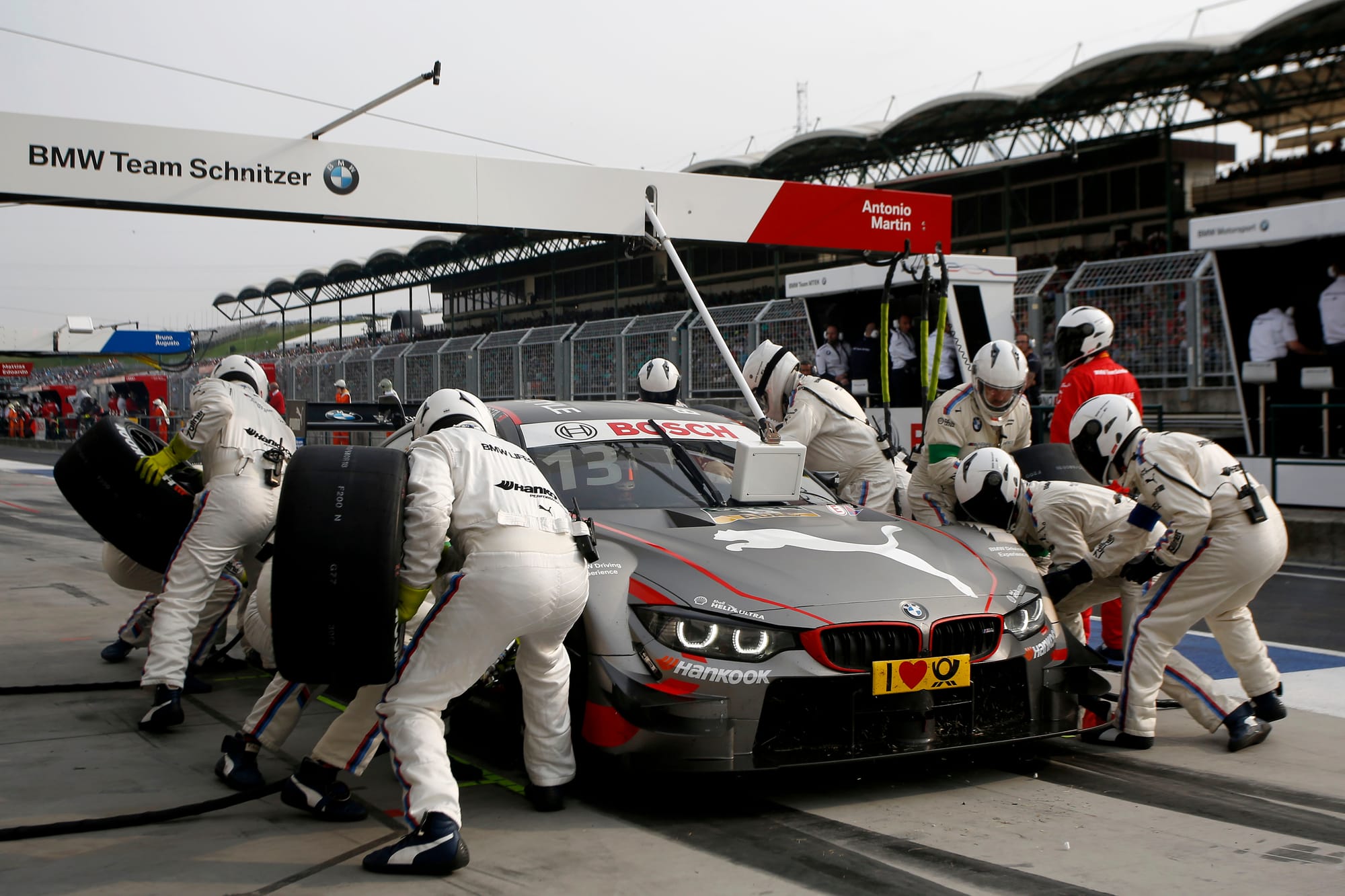
Some have put it to The Race that it is indeed a suspicion da Costa doesn’t possess a proper feel for this family of tyres, which are on the harder side in the motorsport landscape.
It's somewhat plausible - but maybe too convenient? Too simple? Those DTM Hankooks of eight years ago surely can’t have direct similarities to these Formula E ones. It just feels too basic a theory.
Who's taking responsibility?
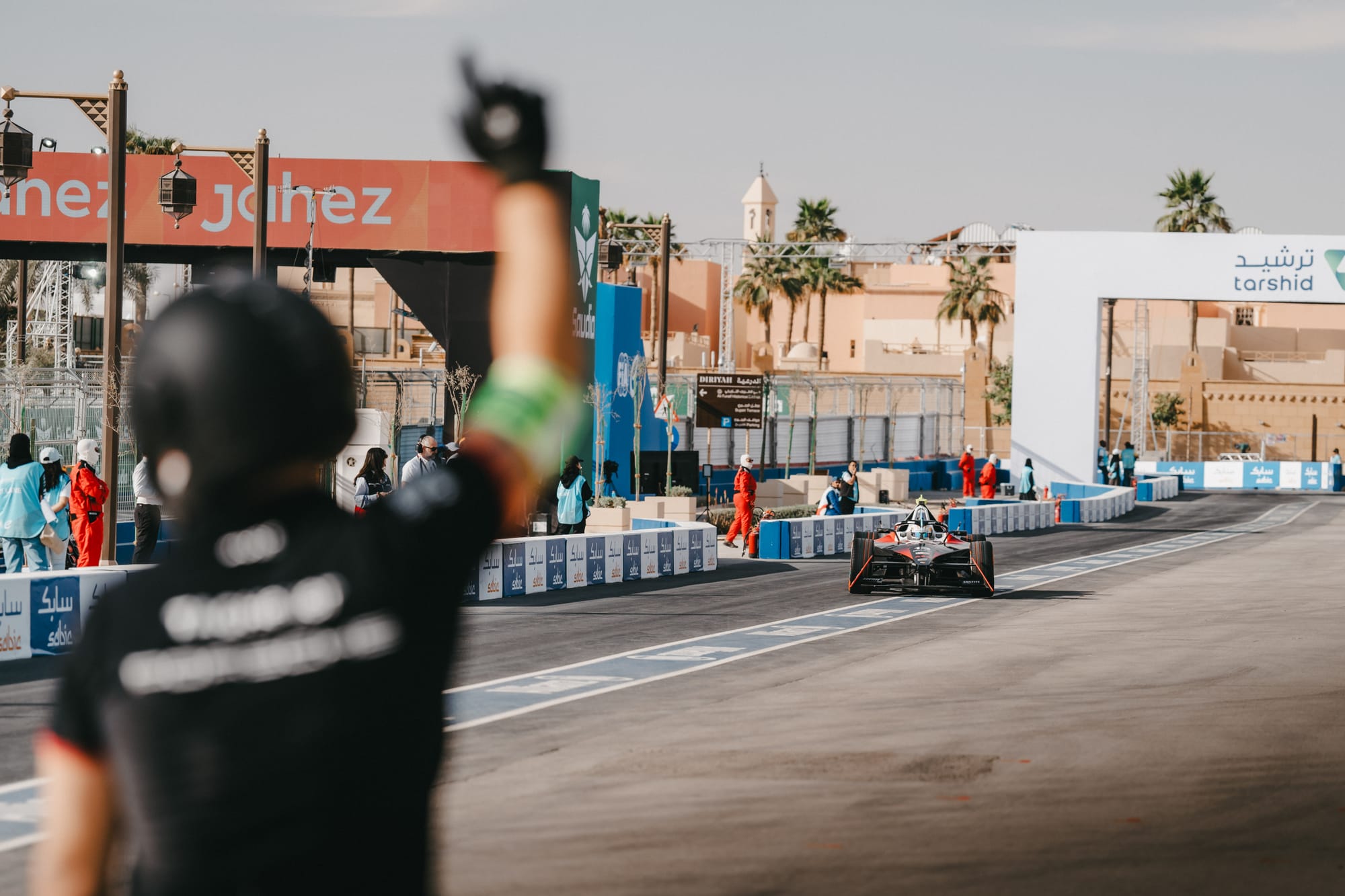
Da Costa arrived at Porsche last August having missed some of the initial testing of the Gen3 car, which was conducted by Wehrlein, so in a sense he was already slightly on the back foot.
When Gen3 battery issues disrupted Porsche's testing in the autumn of 2022 it also impacted on his running.
A fresh rules set was always going to mean a fractured start for a new team member and so it proved, although it was by no means a disaster, as da Costa picked up debut points for seventh in Mexico and a third place in Hyderabad.
Then came Cape Town and a superb win against several odds, not least of which was starting a lowly 13th on the grid.
But that didn’t kick-start things and it was clear the team had to pull together around da Costa.
Formula E drivers in the Gen3 era are totally reliant on the team to provide a car they can drive and achieving that can be very difficult.
A prime case study is reigning champion, Jake Dennis.
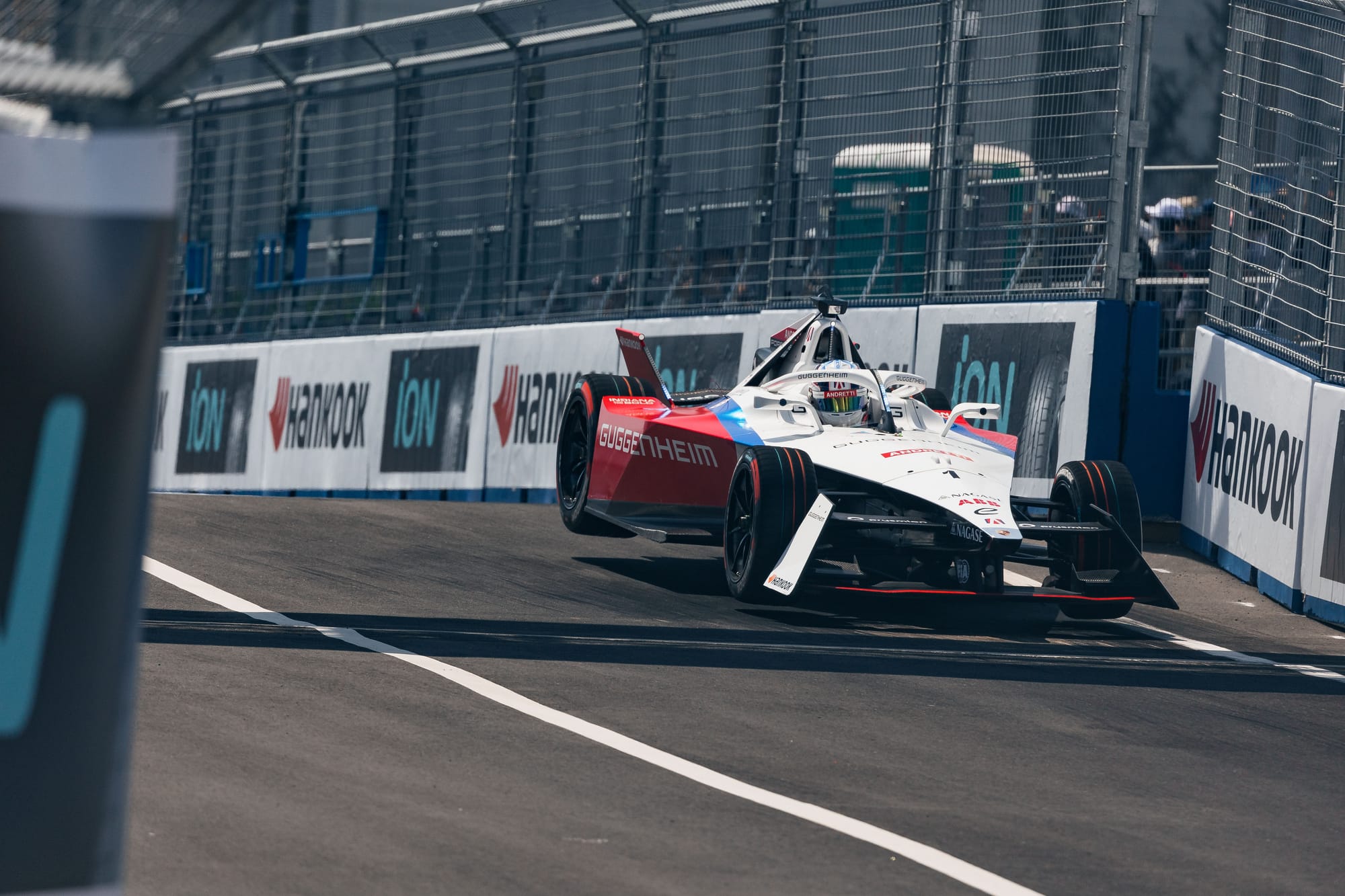
One race dominant, the next a little lost. Ensuring the brakes and the hard Hankook tyres are within the optimum window is incredibly challenging. In a sense, part of any driver’s slump in form is due to the team’s failures.
Last season, then-DS Techeetah team manager (who now holds the same position at DS Penske) Nigel Beresford told The Race that he “never sensed he (da Costa) was emotionally-dependent as such".
“He came into [Jean-Eric] Vergne’s team and remember that he was and is very much liked by the team.
“It was a pretty business-like relationship. There was no overly easy-going rapport with his engineer [David Ladouce], it was a strong and straightforward relationship."
So, another myth that da Costa needs a cuddle and a lot of love within a team is busted. He’s 33 years old, a champion, a winner. He doesn’t need that level of attention that some may think.
All he seemingly needs is a team that can fix problems with the car that are holding him back.
One theory that probably holds true is that his difficulties with the Gen3 package, which all drivers are dealing with, are exacerbated relative to Wehrlein due to inherent differences in driving style.
The talent hasn’t gone away, as da Costa proved in Tokyo, and will no doubt prove at upcoming races too. So, to destabilise him by testing a rival driver on the grid seems unduly reckless.
So what now?
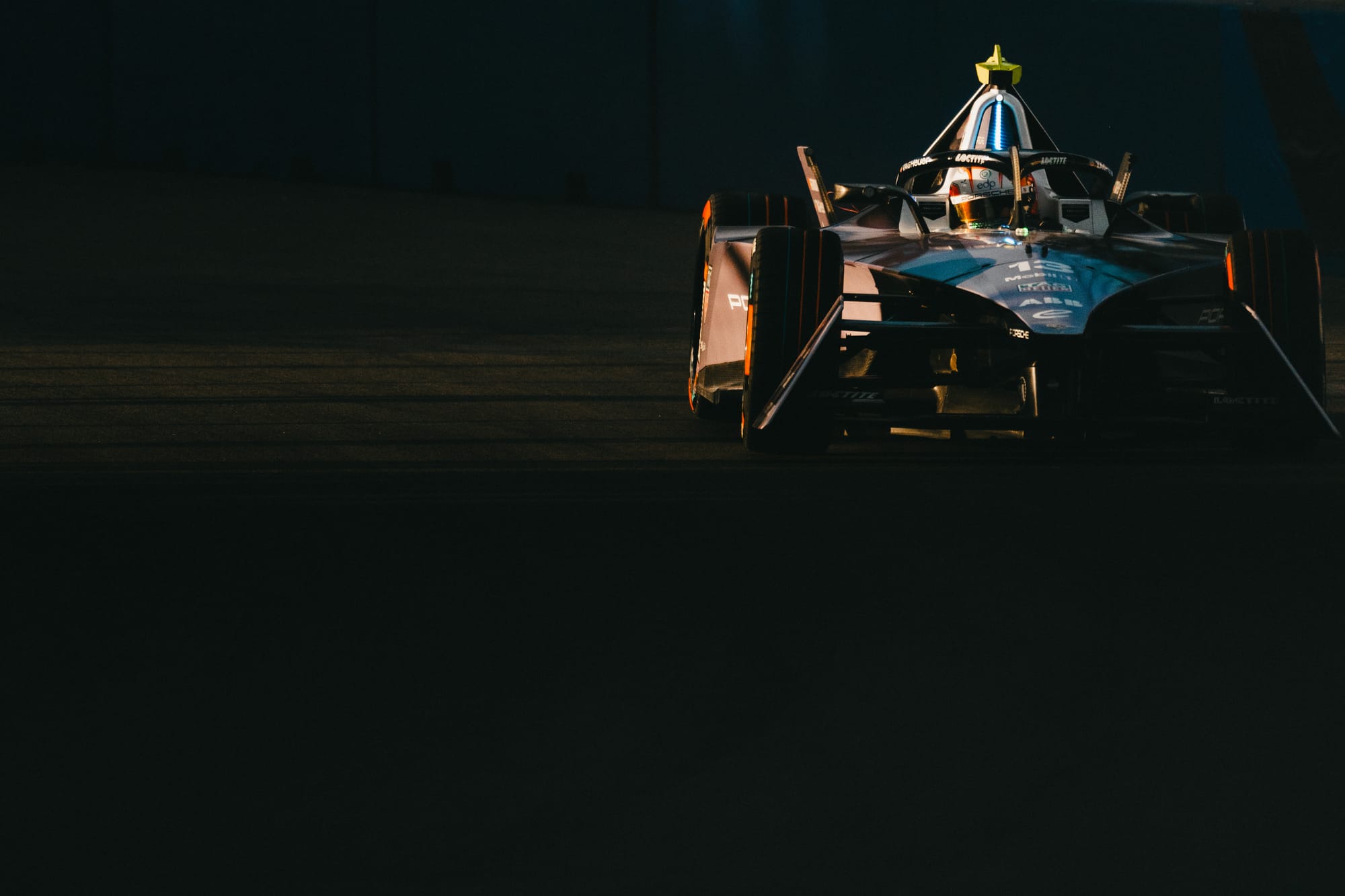
Essentially, da Costa and Porsche’s collaboration is all but over and presumably he will be racing elsewhere in 2025.
On the surface there will be large doses of PR in the coming races that appear to smooth over things. But the damage has been done.
Da Costa is clearly not his usual happy-go-lucky self. He doesn’t have the look of a driver who is relishing his time in Formula E at present. When he is unhappy you know it. Again, the heart, the sleeve.
There is the notion that sometimes relationships in motorsport, just as in life, just aren’t meant to be. An underlying clash of philosophies makes it doomed for whatever reason.
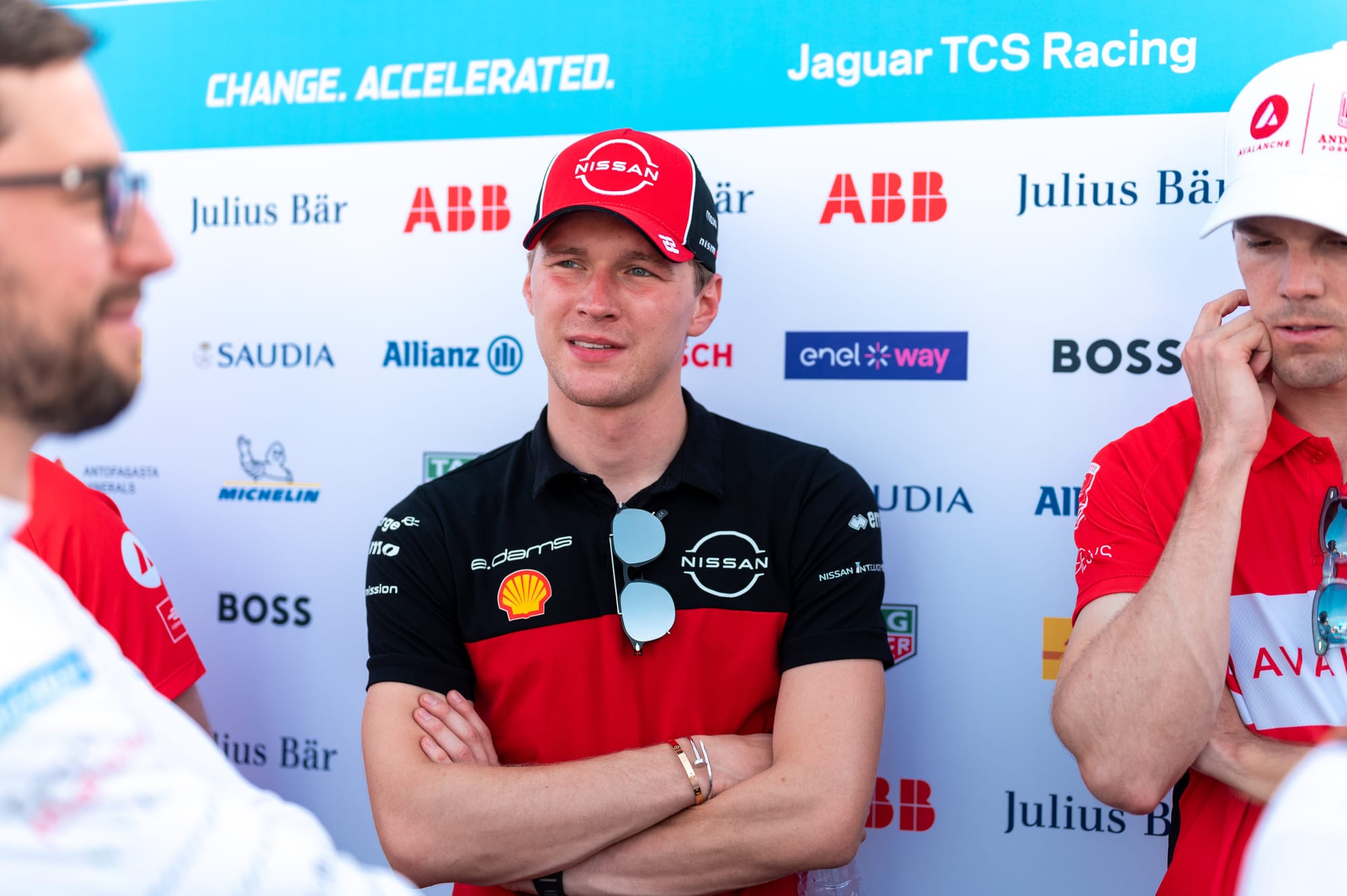
It’s been seen in Formula E before. Jean-Eric Vergne and DS Virgin in 2015-16. Maximilian Guenther and Nissan in 2022, Lucas di Grassi at Mahindra last season. And even Sam Bird at Jaguar for the 2022 and 2023 seasons, although that was generally strong and reciprocally positive for the vast duration.
Or has Porsche just been ruthless here, in making such an unusual move three races into a 16-race season?
That is its prerogative. Riyadh may have left Porsche feeling it had to move quickly.
There is also a chance it tested Mueller to push da Costa on, get him angry and then when he wins four races this season and contributes to a teams' title they will all laugh and slap themselves on the back and whisper the word ‘psychological’ and ‘masterstroke’.
That seems unlikely, such is the nature of the situation.
Slightly further down the paddock is DS Penske where a similar position is being handled very differently.
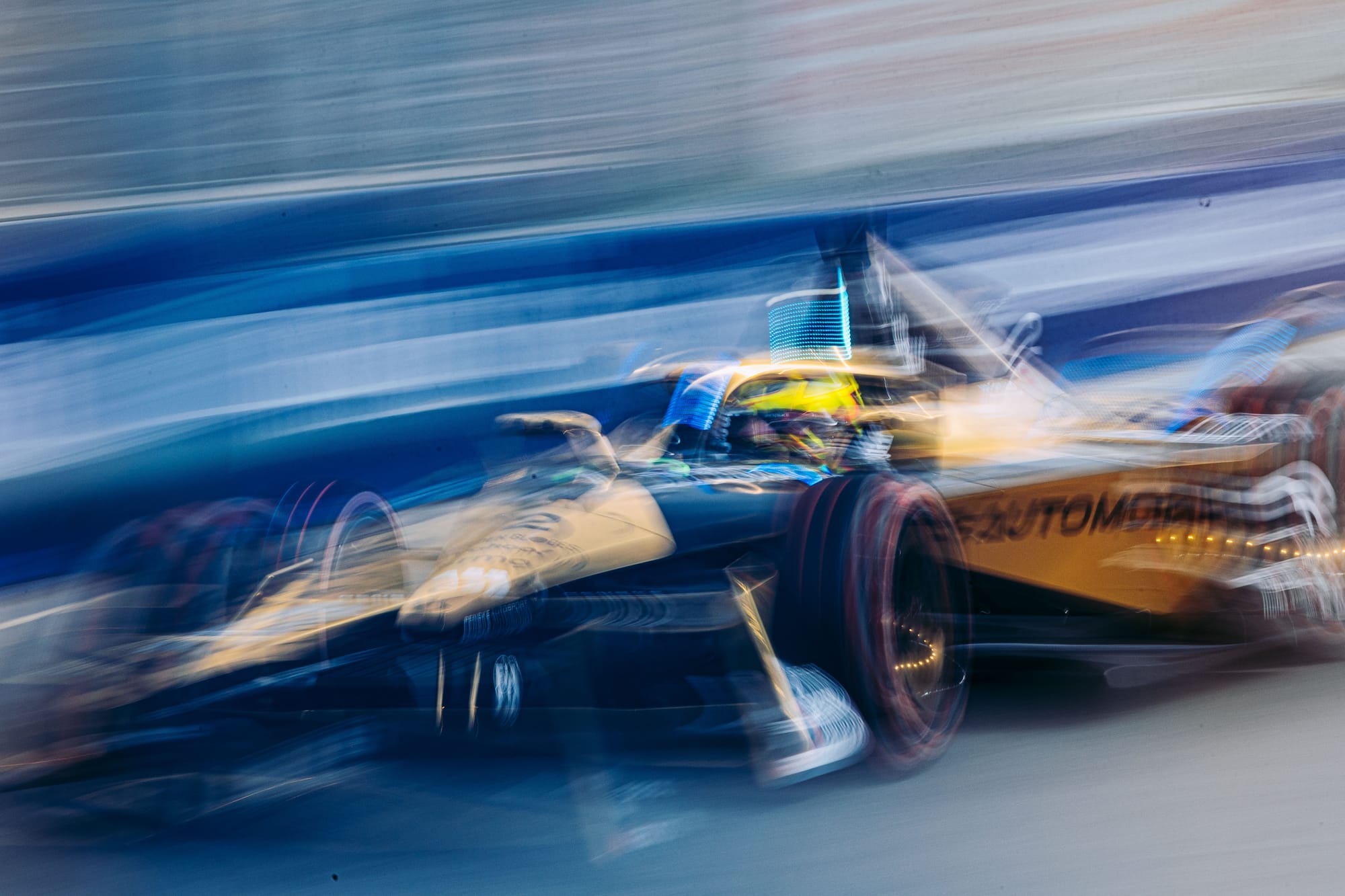
Formula E 2022 champion Stoffel Vandoorne has had a very similar 18 months to his friend da Costa. But there is no hint at all that the team has lost faith in him.
Yes, the DS package is not as strong as Porsche, but Vandoorne had a similar points deficit on team-mate Vergne last season (107 to 56) and had much fewer highlights than da Costa to speak of.
So, it feels like da Costa will run his final races for Porsche this July and will move on to other drives in Formula E and probably WEC, where he is thought of very highly. He will not be short of offers in each series and probably others too.
What Antonio Felix da Costa seems short of right now is the care and attention within his own team. With a perpetuating dent in aspects of confidence, it is having a detrimental effect on what many still believe is one of Porsche’s biggest, yet so far largely hidden, assets.


